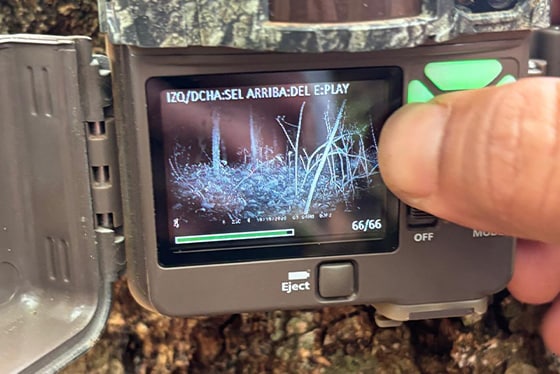Ecological restoration at the Black Jaguar Foundation has just gained new eyes. Over the past few months, several camera traps have been installed in the oldest restoration areas with the goal of monitoring the return of biodiversity one of the most exciting indicators that nature is gradually regaining its balance.
These devices, known as camera traps, automatically capture images and videos of animals passing day and night. And the first results are truly encouraging: a variety of species have already been spotted moving through BJF’s young forests.
More than beautiful images, these records play an essential role in understanding how wildlife is responding to restoration efforts. The return of different species is a clear sign that the ecosystem is rebalancing — and that restored areas are beginning to offer shelter, food, and the ideal conditions for wildlife to thrive.
Camera traps also allow for long-term, non-invasive monitoring, collecting data on the behavior, habits, and presence of species that would be difficult to observe otherwise — including elusive or nocturnal animals such as ocelots, tayras, and agoutis.
In addition to supporting conservation and management efforts, the images captured have become a powerful tool for environmental education. They allow us to track biodiversity over time, observe how animals use their habitat, and even understand how wildlife contributes to the restoration process itself — for example, through seed dispersal and other essential ecological dynamics.
More cameras are expected to be installed over the coming months and will be periodically relocated to new areas as the forests grow, revealing more about the life returning to these ecosystems.





